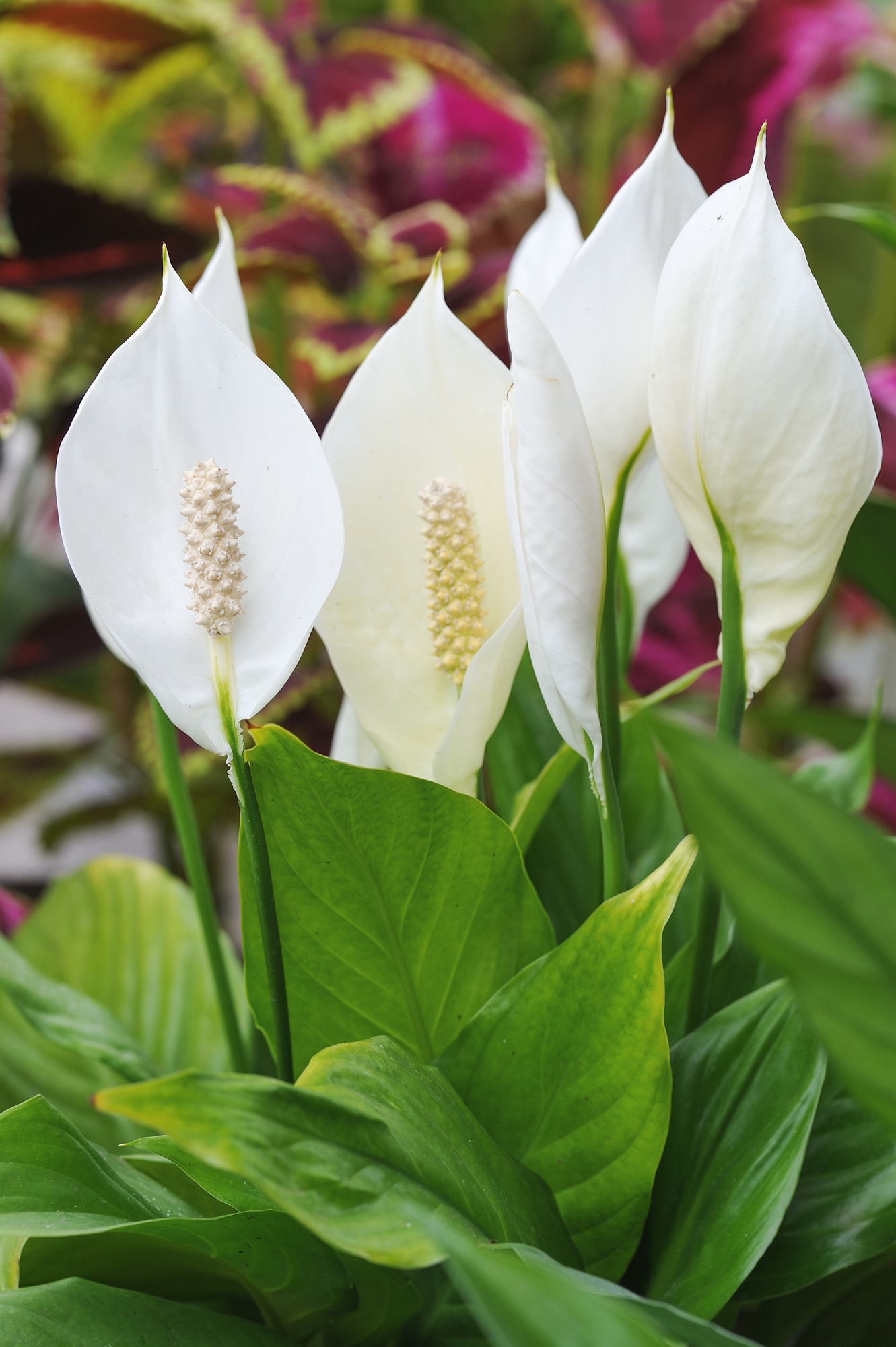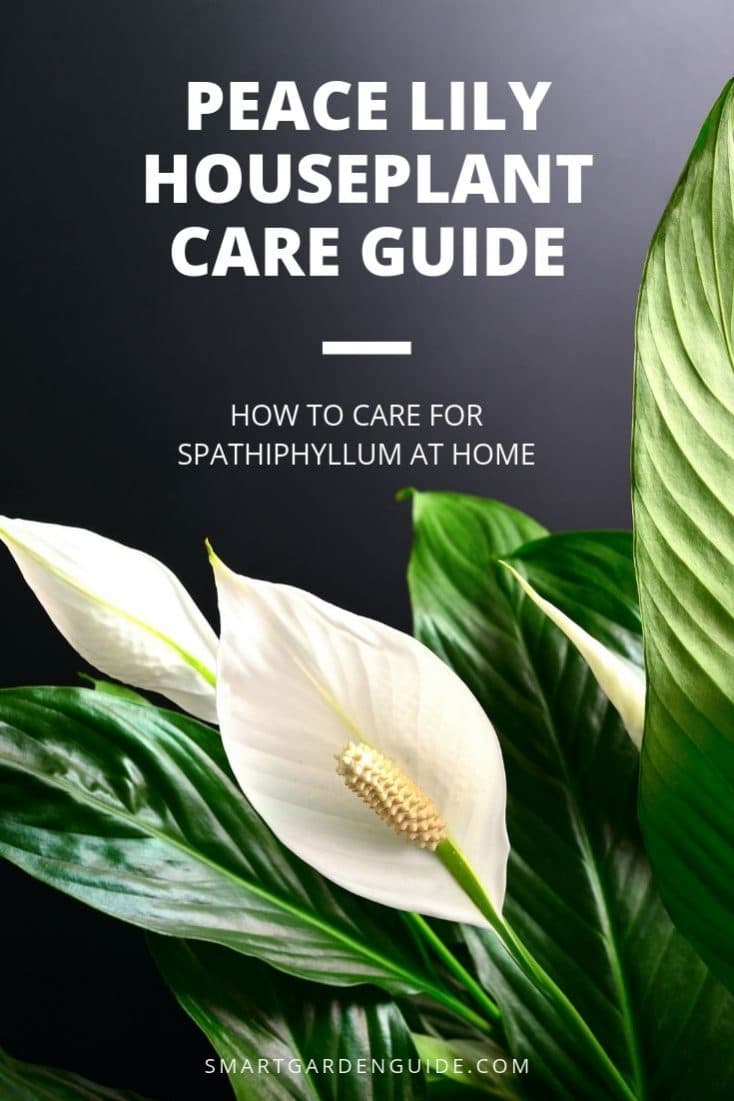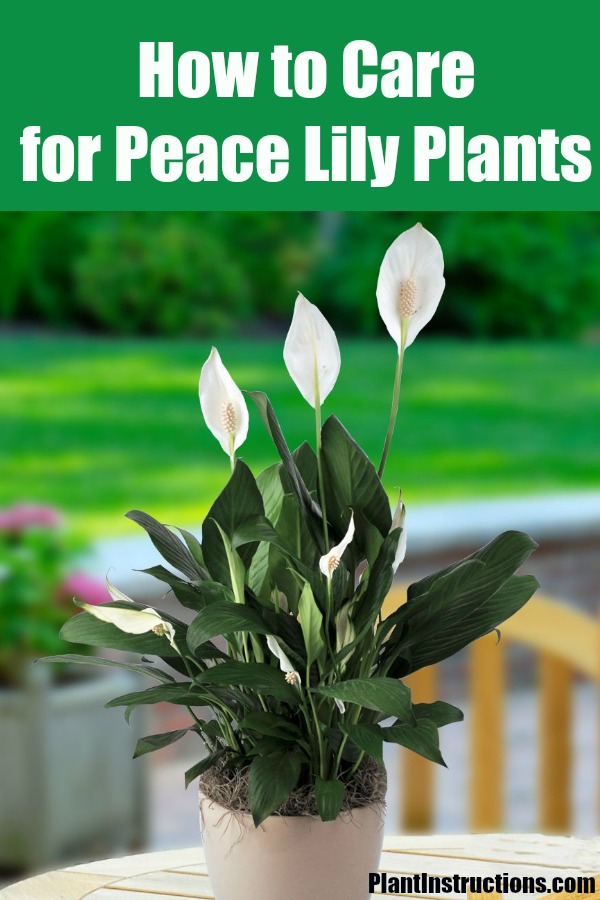Nurturing the Serene Beauty of Peace Lilies
The Art of Creating a Peaceful Oasis
The peace lily plant, known for its elegant white blooms and dark green leaves, has become a popular choice for indoor spaces. Its ability to purify the air and thrive in low-light conditions makes it an ideal addition to any home or office. With its low-maintenance requirements, it’s no wonder why many people opt for this plant to bring a touch of serenity to their surroundings. However, to truly appreciate the beauty of a peace lily, it’s essential to understand how to care for a peace lily plant. By providing the right conditions, you can enjoy the many benefits of this plant, from improved air quality to a visually appealing display. In this article, we’ll delve into the essential tips and techniques for nurturing a healthy and thriving peace lily plant.
How to Provide Optimal Lighting Conditions
When it comes to providing optimal lighting conditions for a peace lily plant, it’s essential to understand its unique requirements. Peace lilies thrive in bright, indirect light, but direct sunlight can cause the leaves to become scorched. East- or west-facing windows are ideal for peace lilies, as they provide gentle, indirect light. Avoid placing your peace lily in a spot with low light, as this can lead to weak and spindly growth. If you’re unsure about the lighting conditions in your space, you can use a light meter to measure the intensity of the light. By providing the right amount of light, you’ll be well on your way to learning how to care for a peace lily plant.
Watering Wisdom: Avoiding Over-Hydration and Under-Hydration
Watering is a crucial aspect of learning how to care for a peace lily plant. Peace lilies require consistent moisture, but over-watering can be detrimental to their health. To avoid this, it’s essential to check the soil moisture regularly. Stick your finger into the soil up to the first knuckle, and if the soil feels dry, it’s time to water. Water your peace lily thoroughly, making sure the pot drains well to prevent waterlogged soil. Avoid getting water on the leaves or crown of the plant, as this can cause root rot. Under-watering can also be problematic, leading to yellowing leaves and slow growth. To prevent this, water your peace lily when the top inch of soil feels dry. By finding the right balance, you’ll be able to provide your peace lily with the moisture it needs to thrive.
Fertilizing for Healthy Growth and Blooming
Fertilizing is a crucial aspect of learning how to care for a peace lily plant. Peace lilies require regular fertilization to promote healthy growth and blooming. A balanced, water-soluble fertilizer is ideal for peace lilies, and it should be applied every 2-3 weeks during the growing season. Dilute the fertilizer to half the recommended strength to avoid burning the roots. During the dormant season, reduce fertilization to once a month. It’s also essential to fertilize your peace lily at the right time. For example, fertilizing during the spring and summer months can promote blooming, while fertilizing during the fall and winter months can help the plant conserve energy. By fertilizing your peace lily correctly, you’ll be able to enjoy its beautiful white blooms and lush green foliage. Remember, proper fertilization is key to maintaining the health and beauty of your peace lily, and is an essential part of knowing how to care for a peace lily plant.
Humidity and Temperature: Creating a Comfortable Environment
Peace lilies thrive in environments with moderate humidity and temperature. Ideally, the humidity level should range from 50% to 70%. To maintain this level, you can place the pot on a tray filled with water and pebbles or use a humidifier. Avoid placing the peace lily near heating or cooling vents, fireplaces, or drafty windows, as this can cause sudden changes in temperature. The ideal temperature range for peace lilies is between 65°F to 80°F (18°C to 27°C). Avoid placing the plant in areas with extreme temperatures, such as near ovens or air conditioning units. By maintaining a comfortable environment, you’ll be able to create an ideal space for your peace lily to thrive. Remember, understanding how to care for a peace lily plant involves creating a balanced environment that meets its specific needs. By controlling humidity and temperature, you’ll be able to promote healthy growth and prevent common problems.
Pruning and Grooming: Maintaining Shape and Promoting Healthy Growth
Pruning and grooming are essential aspects of learning how to care for a peace lily plant. Regular pruning helps maintain the plant’s shape, promotes healthy growth, and encourages blooming. To prune your peace lily, remove any dead or dying leaves or stems, as these can attract pests and spread disease. Use clean, sharp scissors or pruning shears to prevent spreading disease. Trim back long stems to encourage bushy growth and prevent the plant from becoming leggy. You can also remove any brown or yellow tips on the leaves to maintain their appearance. Grooming your peace lily regularly will also help prevent pests and diseases from taking hold. By pruning and grooming your peace lily, you’ll be able to maintain its beauty and promote healthy growth. Remember, proper pruning and grooming are crucial steps in understanding how to care for a peace lily plant and keeping it thriving.
Pest Control and Disease Prevention
Peace lilies are susceptible to pests and diseases that can compromise their health and beauty. To prevent these issues, it’s essential to learn how to care for a peace lily plant and take proactive measures. Common pests that affect peace lilies include spider mites, mealybugs, and scale. These pests can cause yellowing leaves, white powdery residue, and sticky substances on the leaves. To prevent infestations, inspect your plant regularly, and isolate new plants for a few weeks before introducing them to your indoor space. Treat infestations promptly with insecticidal soap or neem oil. Root rot is a common disease that affects peace lilies, often caused by over-watering. To prevent root rot, ensure good drainage, avoid waterlogging, and repot your plant in fresh soil every 2-3 years. Other diseases that can affect peace lilies include leaf spot and crown rot, often caused by fungal infections. To prevent these diseases, maintain good air circulation, avoid excessive humidity, and remove infected leaves or stems promptly. By taking these preventative measures, you’ll be able to protect your peace lily from pests and diseases and maintain its health and beauty.
Troubleshooting Common Problems and Maintaining Long-Term Health
Despite proper care, peace lilies can still encounter problems that affect their health and appearance. To troubleshoot common issues, it’s essential to understand the causes and take corrective action. Yellowing leaves, for instance, can be caused by over-watering, under-watering, or exposure to direct sunlight. To address this issue, adjust the watering schedule, provide filtered sunlight, and fertilize regularly. Droopy stems can be a sign of underwatering or root bound conditions. To resolve this, increase the frequency of watering, and consider repotting the plant in fresh soil. Slow growth can be caused by inadequate light, poor soil quality, or insufficient fertilization. To promote healthy growth, provide optimal lighting conditions, use a well-draining potting mix, and fertilize regularly. By understanding how to care for a peace lily plant and addressing common problems promptly, you’ll be able to maintain its long-term health and prevent future issues. Regularly inspect your plant, and take proactive measures to prevent pests, diseases, and nutritional deficiencies. With proper care and attention, your peace lily will thrive and continue to bring serenity and beauty to your space.








